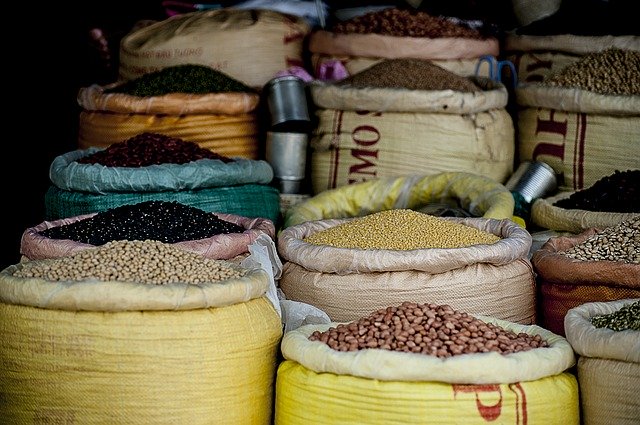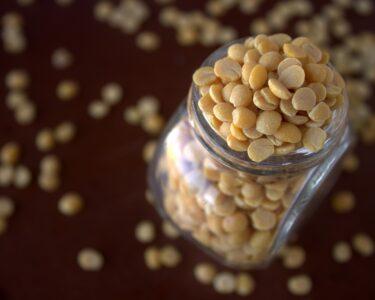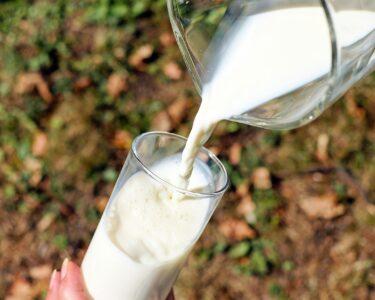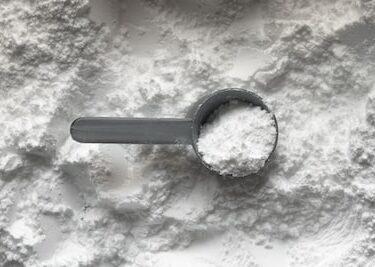Diabetes is a lifestyle disease, a by-product of urbanization and modernization. Diabetes mellitus is more common in urban areas than in rural areas. Remember the day when you were first diagnosed with diabetes. It was a shock! Because diabetes means restrictions. Restriction of sweet intake, restriction on food, restriction on every single food that you may use to enjoy. Do you feel the same? If yes, then you must know that there are many foods that you can still eat without any inhibition. Pulse or dal is one of the main items on that list. Dal can play an important role in your diabetic diet in many ways. However, why and how to take dal in diabetes?
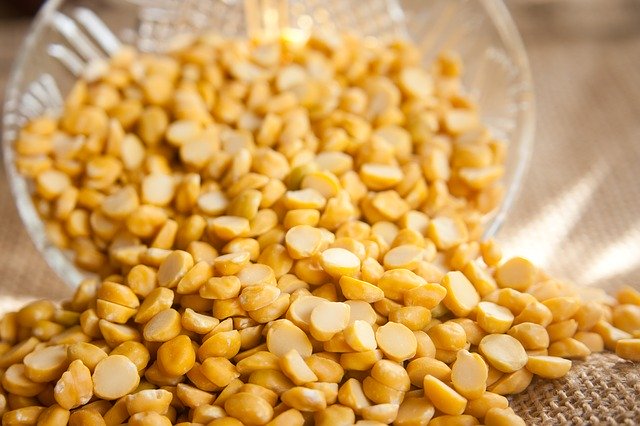
Why you must take Dal in diabetes
Pulse or dal or dhal is an excellent natural food having high nutritive value but a low glycemic index. We should utilize the potential of pulse for the prevention and treatment of diabetes mellitus.
What are pulses?
The World Health Organization (WHO) and the Food and Agriculture Organization (FAO) call pulses edible seeds, plant foods with dry, edible seeds having low-fat content.
Pulses are also eaten as vegetables (e.g., green peas, green beans) and used for oil extraction (e.g., soybean, groundnut). (1)
Unique characteristics of Pulses making them beneficial for Diabetic Patients
- They are good sources of calories but have a low glycaemic index
- They are an excellent source of protein but low in fat
- They are rich in MUFA and PUFA but low in SFA
- They do not contain any cholesterol
- They are a rich source of carbohydrate but lack of simple sugars
- They are high in dietary fiber, including resistant starch.
- They have a low glycaemic index
- They have high satiety value
- They help introduce variety in the diet
Why pulses have a low glycemic index (GI)?
The low glycemic index (GI) of pulses is caused by the presence of slowly digestible starches, resistant starches, protein content, and their protein–starch matrix.
Table 1: Glycemic index (GI) of Common Pulses (2,3)
| Selective Pulse(s) | Glycemic index (GI) |
| Chickpeas | 36 |
| Chana dal | 13 |
| Lentils | 32 |
| Soya bean | 16 |
| Kidney beans | 32 |
| Mash bean | 43 |
| mung bean | 42 |
| peas | 25 |
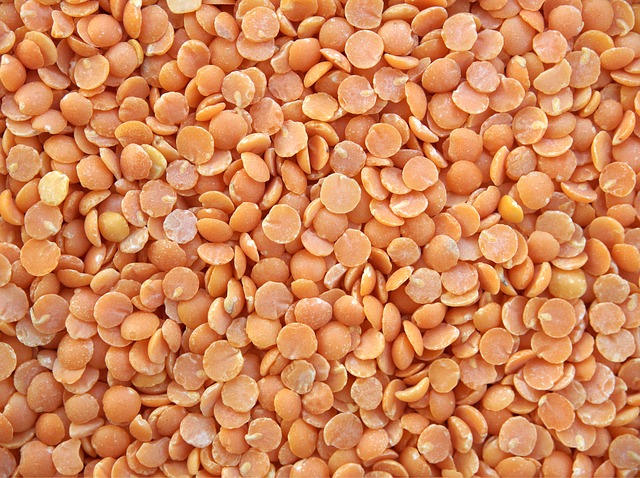
Health benefits of pulses for prediabetic and diabetic individuals
1. Pulses are an ideal food choice for diabetic individuals.
Pulses are high protein, high fiber, low glycaemic index foods which are most ideal for diabetic individuals. Regular intake of pulses has the following advantages-
1. Scientific studies confirm that a diet containing pulses improved glycaemic control by lowering fasting blood glucose and insulin levels, glycosylated blood proteins, and fasting blood glucose. (4)
2. It is evident that long-term consumption of 5 cups pulse (dal) per week consistently improves glycemic control. (5)
3. Diabetic patients have a greater risk of cardiac problems, pulse intake also reduces the risk of getting heart problems.
4. Pulses help in weight management which is important for the wellbeing of diabetic patients.
5. Diabetic patients are incapable of utilizing the carbohydrate present in their diet. So, proteins are used to produce energy. For this reason, loss of muscle mass is a common symptom of diabetic patients. They need a protein-rich diet. Since pulses are rich sources of protein, they are ideal food for diabetic persons.
2. Pulses reduce the risk of diabetes mellitus among Pre-diabetic individuals.
Pulses contain resistant starches which play an important role in the maintenance of blood glucose levels. Regular intake of pulses-
- Reduces the hemoglobin A1c (HbA1c) values of the pre-diabetic and diabetic patients.
- Improved the glycemic control and glucose tolerance
- Increases insulin sensitivity with the presence of resistant starches in pulses (6)
- High consumption of pulses is associated with a reduced risk of abnormal glucose metabolism and a decreased risk of being overweight or obese. (7)
3. Pulses help to prevent complications of Diabetic patients
Consumption of high‐GI foods leads to elevated postprandial blood glucose and insulin response, which is not good for individuals with diabetes. Therefore, consuming pulses as part of a low‐GI diet may help lower the risk of diabetes‐related complications. Additionally, insulin sensitivity and glucose tolerance are improved with the presence of resistant starches in pulses, which also helps reduce risks associated with diabetes. (8)
The inclusion of pulses in the regular diet of diabetic patients helps to prevent many complications of diabetes. (9)
Reduce the risk of obesity
Pulse consumption can contribute to improving satiety, reducing food intake, and regulating body weight, which can reduce obesity risk and, in turn, cause maintenance of blood glucose levels in a better way. (10)
Reduce the risk of cardiac diseases
There is a specific role for the presence of pulses in the diet in reducing the risk for hyperlipidemia and cardiovascular disease in persons with type 2 diabetes. (11)
Helps to correct dyslipidemia
Insulin resistance is a major causative factor responsible for obesity and/ or diabetes mellitus. Intake of chickpeas improves insulin resistance and thus helps to prevent postprandial hyperglycemia and hyperinsulinemia induced by the chronic high fat diet. Hence, the consumption of chickpeas is beneficial for correcting dyslipidemia and preventing diabetes. (12)
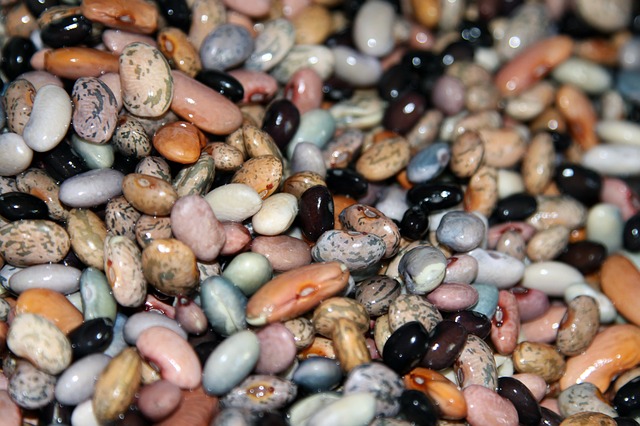
How to take dal in diabetes?
Pulses have several health benefits, particularly for diabetic persons but it has also have certain limitations. Pulses contain certain antinutritional factors. You can reduce the antinutritional factors, and improve the protein quality by following certain cooking tips-
Table-2: Cooking tips and their benefits
| Cooking tips | Their benefits |
| Washing of dal 4 to 5 times | Removal of certain antinutrients like saponins |
| Soak pulses in excess water for around 4-6 hours | Reduction of antinutrient content improvement of digestibility |
| Boiled in the pressure cooker | Reduction of antinutrient content and cooking time. |
| Germinate pulses | Improvement of nutritive value reduction of antinutrients content improve digestibility |
How to optimize your pulse intake
You may increase your pulse intake by introducing the following recipes in breakfast, tiffin, or snacks, or lunch or dinner.
Breakfast
- Cereal based breakfast can be replaced with protein-based snacks.
- Besan chilla is a good breakfast or snacks which can replace commercially available processed foods like corn flakes.
- Bengal gram sattu can be taken as a healthy, protein-rich, readymade breakfast.
Lunch
- Intake of pulses with cereals improves its protein quality. So, you should utilize the trick.
- Dal and chawl is a popular low-cost meal for many Indian people. Just add a piece of lemon along with it to improve the taste and nutritive value of your diet. Lemon helps in iron absorption.
- Khichdi or khichdi with vegetables is also another healthy option.
Snacks
- Nutritive value of cereal-based snacks can be improved by incorporating pulses and nuts
- Puffed rice (muri) is a common healthy snack item, the nutritive value of which can be improved by adding roasted Bengal gram and groundnut to it.
- Sprouted pulses can be taken as a healthy snack
Dinner
- Idli and/or dosa is a common dinner item, utilizing the goodness of fermented dal and chawl. These recipes are very popular among South Indian people.
- Dal roti and /or tarka roti is another healthy dinner, commonly consumed by the North Indians
Once a diabetic is always a diabetic – is it true?
Not any more. Diabetes is reversible with lifestyle modification and it has been proved.
Diabetes is a chronic disease that occurs either when the pancreas is no longer able to produce enough insulin, or when the body cannot effectively use the insulin it produces. (13)
Insulin is a hormone that regulates blood sugar. Hyperglycaemia, or raised blood sugar, is a common effect of uncontrolled diabetes and over time leads to serious damage to many of the body’s systems, especially the nerves and blood vessels. (14)
Therefore, all diabetic individuals should follow a few basic points maintaining normal blood glucose levels and preventing further complications.
- The diet should be rich in protein, containing a moderate amount of carbohydrate and fat.
- All types of sugar should be omitted. The carbohydrate should be complex. Take whole wheat flour instead of refined flour. Take whole fruits instead of fruit juice.
- We should consume foods having a low glycaemic index instead of processed food. Avoid all types of processed fruits like corn flakes, noodles, muesli, etc.
- As a breakfast utilize the wholesome traditional recipes like chapati with curry, dosa, idli, besan chela, poha upma, suji upma, oat upma, curd, or milk along with puffed rice or rice flakes, etc.
- Compared to animal protein, intake of vegetable protein (pulses, nuts, etc) is encouraged. Fish and milk can be taken safely. Chicken can be consumed occasionally. But it is better to avoid red meat.
- Diabetic patients have a greater risk of getting high cholesterol levels, atherosclerosis, and other cardiac problems. So, they should avoid a high-fat diet. MUFA and PUFA rich diet should be taken.
- Dietary fiber intake plays an important role in the diabetic diet. An adequate amount of pulses, whole fruits, and vegetables should be consumed.
- An intake of adequate water is mandatory for them.
- Fresh fruits and vegetables are essential for getting adequate vitamins, minerals, and antioxidants.
- Probiotic-rich foods and drinks (curds, chaas, buttermilk, etc.) should be taken.
Engage in adequate activity and enough exercise daily. Practice deep sleep and control stress. You can reverse your diabetes slowly.
Are you diabetic?
In 2019, over 30 million Indians are suffered from Diabetes mellitus. (16, 17)
Around 9% of urban people and3% of rural people of our country are diabetic.
If you are middle-aged, you must consider checking your blood sugar level at least twice a year. This will help you to take the necessary modification even before it’s late. Check if you fall into the prediabetic or diabetic category.
Table 3: Diagnostic criteria for Pre-diabetes and Diabetes (15)
| Diagnostic criteria | Normal | Prediabetes | Diabetes |
| Fasting Plasma Glucose (FPG) | less than 100 mg/dl | 100 mg/dl to 125 mg/dl | 126 mg/dl or higher |
| Oral Glucose Tolerance Test (OGTT) | less than 140 mg/dl | 140 mg/dl to 199 mg/dl | 200 mg/dl or higher |
| A1C | less than 5.7% | 5.7% to 6.4% | 6.5% or higher |
Bottom line
Diabetics should take a protein-rich diet, containing a moderate amount of carbohydrates and fat. Pulses are ideal food for pre-diabetic and diabetic persons. Regular intake of pulses helps to maintain blood glucose levels, prevent obesity and cardiac problems. Follow the tips how to take dal in diabetes.
Intake of pulse gives a feeling of fullness in the abdomen, making it ideal for obese diabetic individuals.
One can improve the availability of nutrient content of pulses by soaking them in excess water for 4 to 6 hours, proper cleaning, cooking them in the pressure cooker.
It is better to take pulses along with cereals like rice or wheat. It will help to improve the protein quality of both rice and dal. Khichdi, roti tarka, rajma chawl, dosa, idli, dal bhaat, etc are some healthy options for including more pulses in your diet.
Pulses are low-cost, high-protein food having a lot of health benefits. Utilize the goodness of pulses in your daily life.

